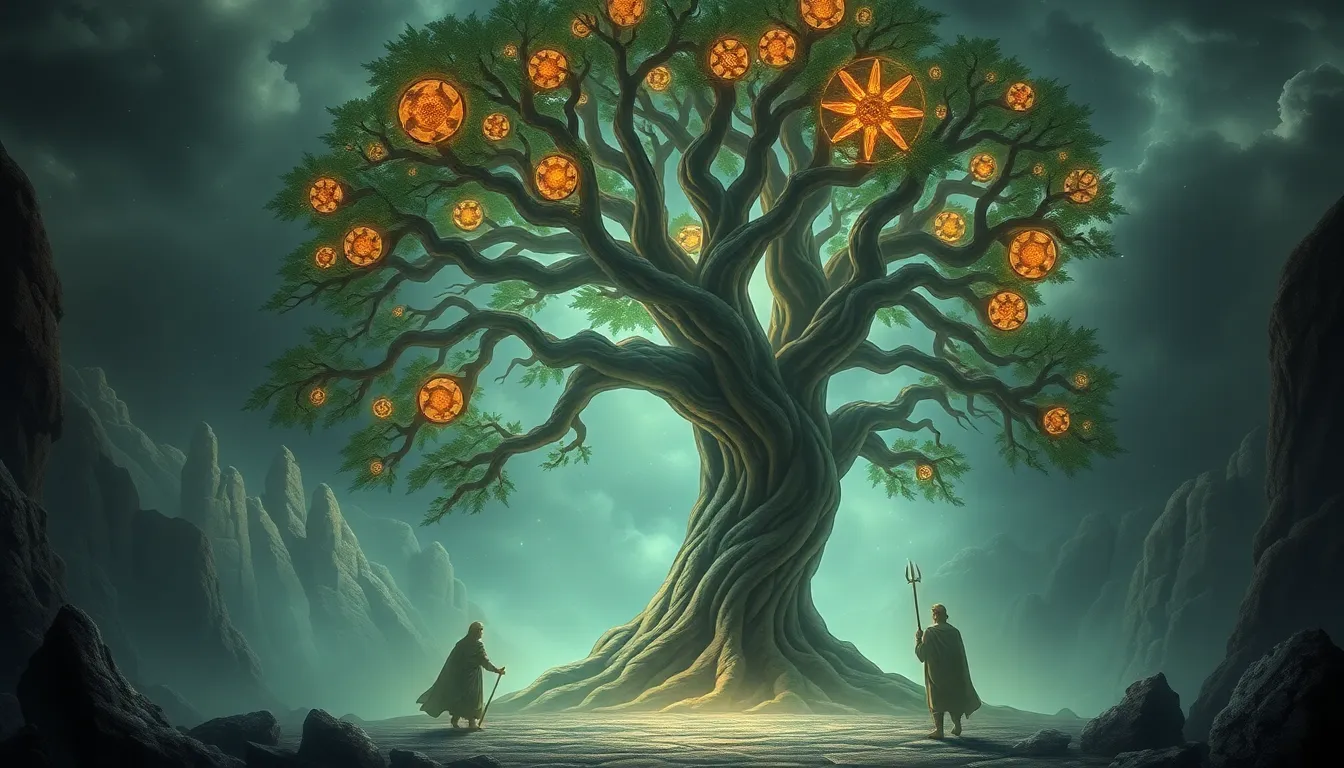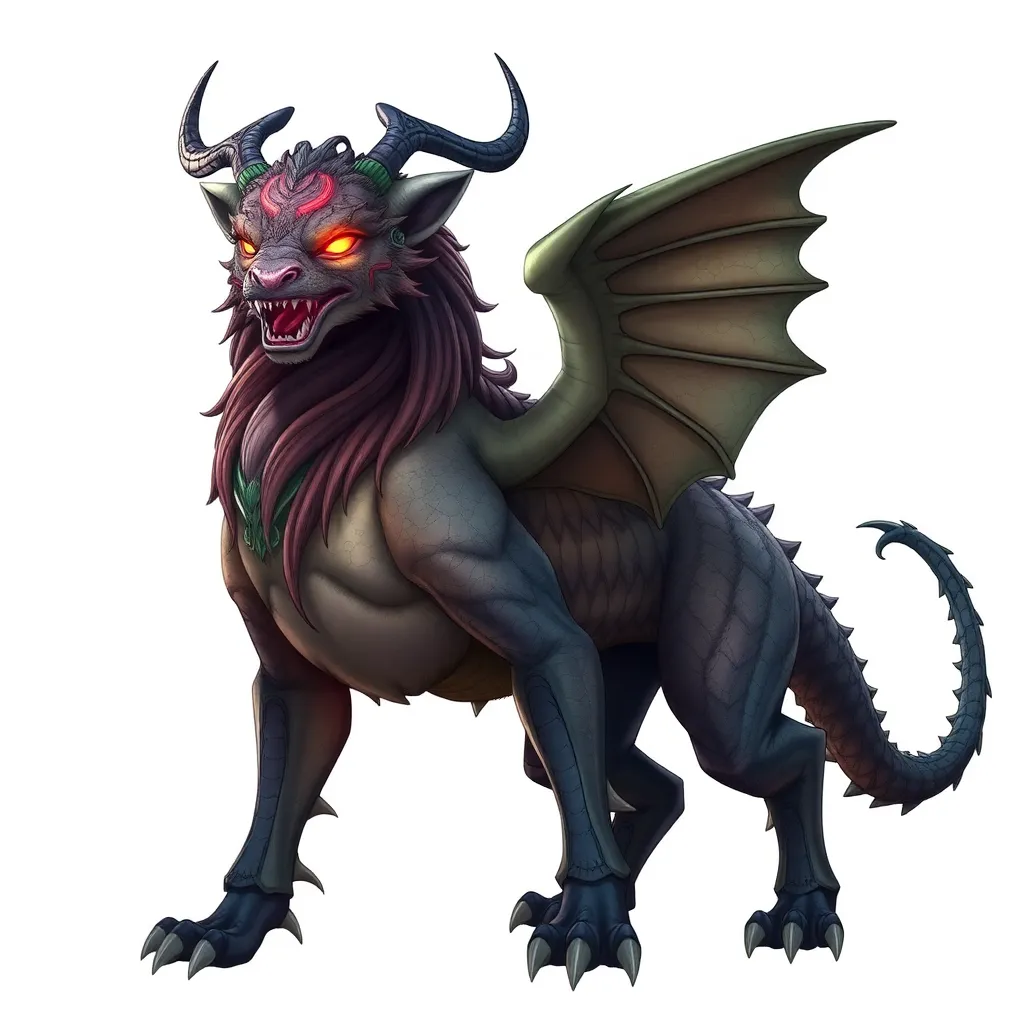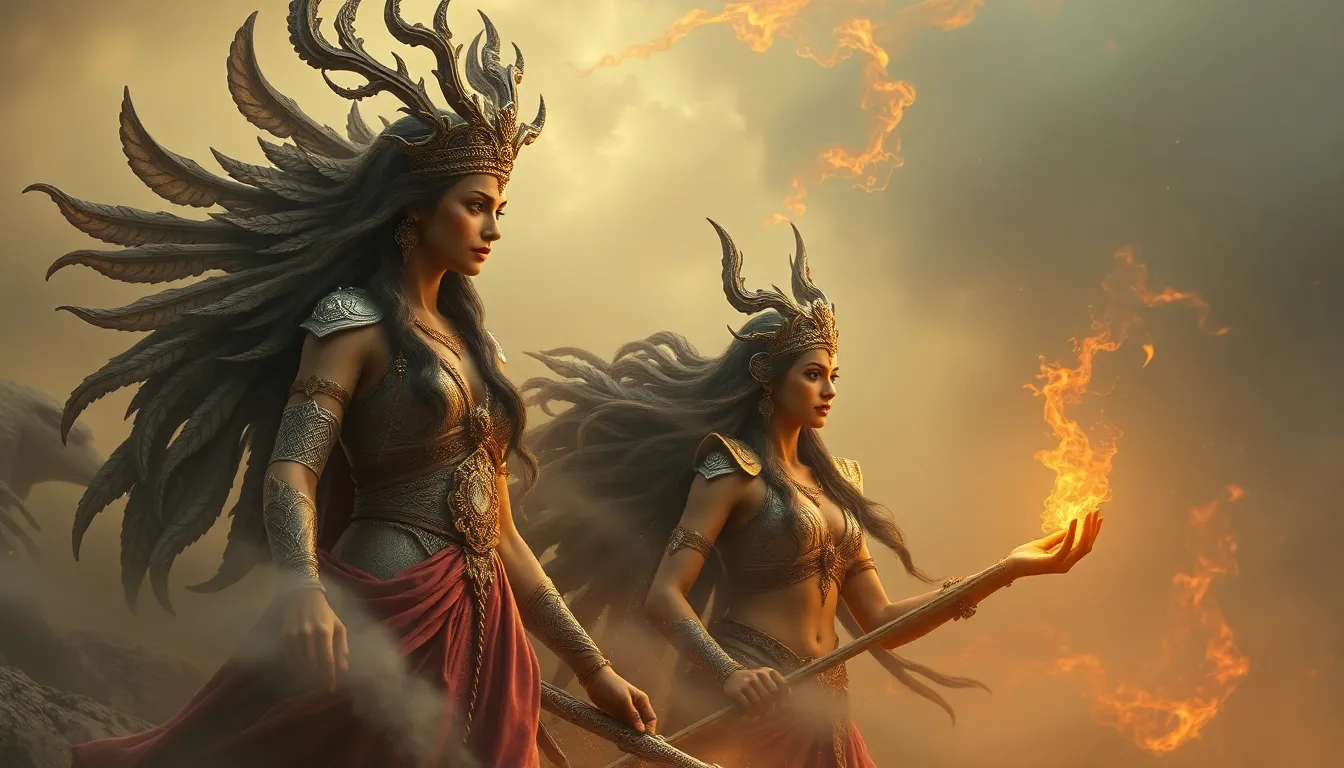The Significance of Mythological Creatures in Roman Mythology
In Roman Mythology, mythological creatures play a vital role in the intricate tapestry of stories and beliefs. Let’s delve into the significance of these mystical beings and how they contributed to the rich cultural heritage of ancient Rome.
1. What were the common mythological creatures in Roman mythology?
Roman mythology was replete with an array of fascinating creatures that captivated the imagination of the people. Some common mythological creatures in Roman mythology included:
- Griffins and Harpies: These fierce creatures were often depicted as guardians of treasures or symbols of divine vengeance.
- Centaurs: Half-man, half-horse beings known for their wild and unruly behavior in Roman tales.
- Minotaur: A fearsome creature with the body of a man and the head of a bull, confined in the labyrinth of King Minos.
- Cyclops: One-eyed giants who made appearances in various myths and legends.
2. What was the significance of mythological creatures in Roman mythology?
Mythological creatures in Roman mythology served various symbolic and storytelling purposes:
- Serving as moral allegories: Many mythical creatures embodied virtues or vices, providing moral lessons for the Roman people.
- Explaining natural phenomena: Some creatures were used to explain natural occurrences or physical features of the world around them.
- Adding depth to mythology: The inclusion of diverse creatures added layers of richness and intrigue to Roman mythological stories.
3. How did mythological creatures impact Roman culture?
Mythological creatures had a profound impact on Roman culture in various ways:
- Art and Architecture: Depictions of mythological creatures adorned temples, public spaces, and artworks, showcasing Roman reverence for these beings.
- Belief Systems: Stories featuring these creatures influenced Roman beliefs about the supernatural and the divine.
- Entertainment and Education: Tales of mythological creatures were shared through literature, theater, and oral traditions, shaping cultural narratives.
4. How are mythological creatures remembered in modern times?
Even today, mythological creatures from Roman mythology continue to captivate people’s imaginations:
- Popular Culture: Films, books, and games often draw inspiration from Roman mythological creatures, keeping their stories alive in modern storytelling.
- Symbolism: Some mythological creatures serve as symbols in heraldry, logos, and various forms of contemporary art.
- Educational Tools: Mythological creatures are studied in the field of mythology, providing insights into ancient beliefs and cultural significance.
FAQs about Mythological Creatures in Roman Mythology
What are mythological creatures in Roman mythology?
Mythological creatures in Roman mythology are beings with supernatural attributes that play significant roles in ancient Roman stories and beliefs. These creatures often embody symbolism and represent various aspects of the Roman culture and belief system.
What is the significance of mythological creatures in Roman mythology?
Mythological creatures hold great significance in Roman mythology as they serve to explain natural phenomena, convey moral lessons, and represent cultural values. These creatures also add depth and complexity to the stories, enriching the mythological narratives of the Romans.
Can you give examples of popular mythological creatures in Roman mythology?
Examples of popular mythological creatures in Roman mythology include the Centaur, Harpy, Minotaur, Griffin, and Chimera. These creatures are often depicted in artwork, literature, and historical artifacts, showcasing their importance in Roman culture and belief systems.
How do mythological creatures contribute to the overall understanding of Roman mythology?
Mythological creatures play a crucial role in enriching the tapestry of Roman mythology by providing fantastical elements that captivate the imagination and offer explanations for the mysteries of the world. They help create a vibrant and engaging narrative that reflects the beliefs and values of ancient Roman society.




